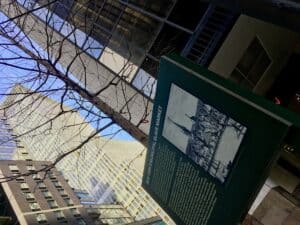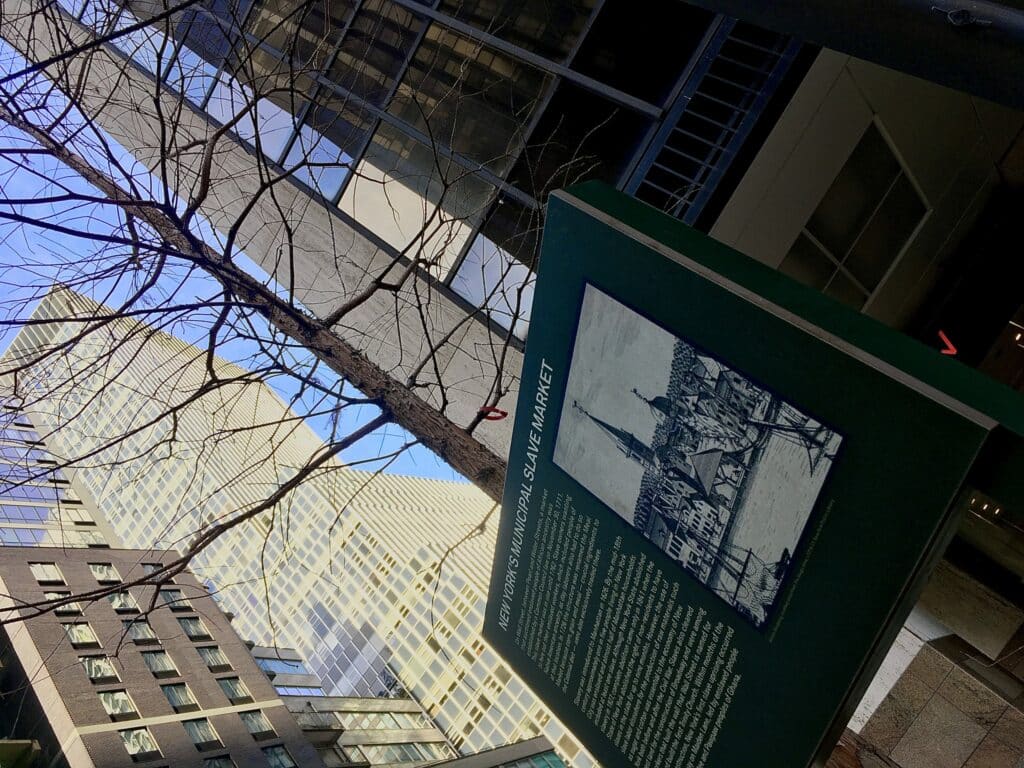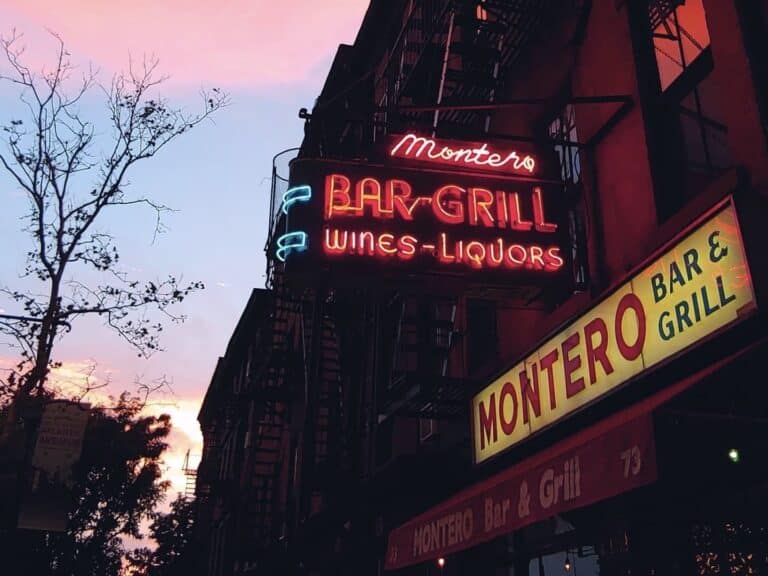Wall Street New York
NYC's slave market

Geoffrey from New York
In the USA, February is Black History Month. Then, white shame rises like cream and people ask, “What can I do to assuage the mountain ranges of guilt that sprout from immoral acts like slavery?”
Commodity trading in non-white human beings was introduced to Manhattan in 1626. In 1711, the city made the Wall and Pearl Street intersection its official market site for their sale and rental.
A law for gradual abolition happened in 1799; after that date, children born to slave mothers were free but required to work as indentured servants for their mother's owner. Existing slaves kept their status. Remaining slaves were freed on July 4, 1827.
There is more to learn at the National Museum of African American History and Culture in Washington DC.
Trading in humans as a commodity was the economic engine that propelled the United States to economic (and at that time, agricultural) dominance --- the state of ‘King Cotton’ --- and the globalization of that industry.
Some companies that benefited from the trans-Atlantic slave trade include Lehman Brothers (bankrupted 2008), JPMorgan Chase, Wachovia Bank of North Carolina, Aetna Insurance and the Bank of America. Banks made loans to slave owners, accepting slaves as “collateral”. When slave owners defaulted on their loans, banks became slave owners.
A cynic might say that, in a way, nothing has changed. Kenneth T. Jackson, a Columbia University professor of New York City history says “There is no future in denying the past.”
June 19 --- Juneteenth --- is the day commemorating the day slaves in the South were emancipated.
New York Spotter Geoffrey
About this spot
Wall Street 95
- 24 hours daily
US$
free
Our New York City Guide
Find your way with 308 Insider Tips from our Local Spotters
Loved it? Join us!
Loved this Spot?Join your international community. Share your favs and become part of our international community!
Nice place right!? There’s so much more to discover:
Discover all other hidden gems in New York
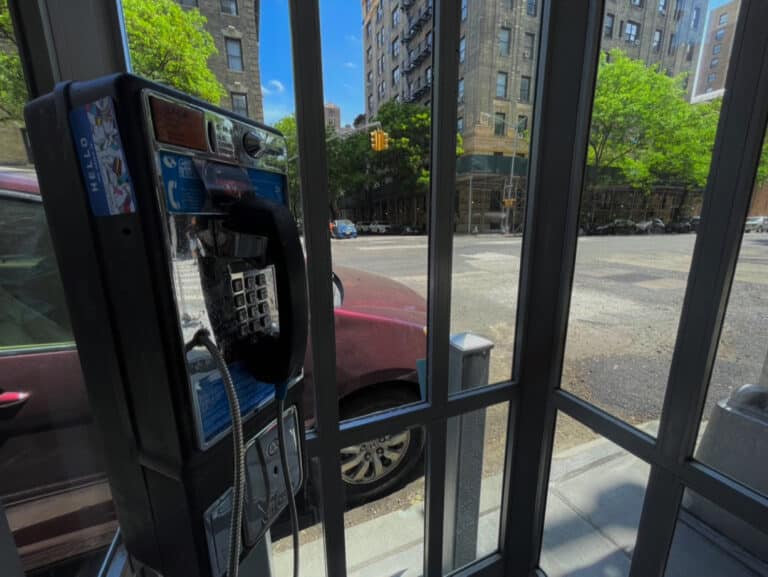

UWS Phone Booth
Last payphone booth
One block away from a 21st century LinkNYC WiFi tower on Broadway sits one of three West End Avenue working telephone 'booths', the last in NYC...
by
Geoffrey
Dunbar
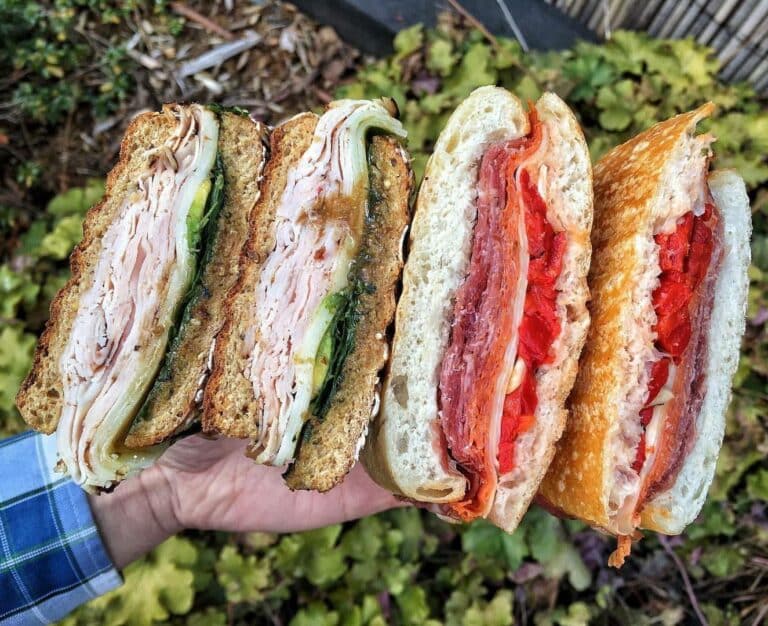

Anthony & Son
Old-school sandwich shop
After, "Anthony & Son" Panini Shoppe's Italian-style super-sandwiches, no regular New York sandwich will ever taste as good again...
by
Nick
Papa
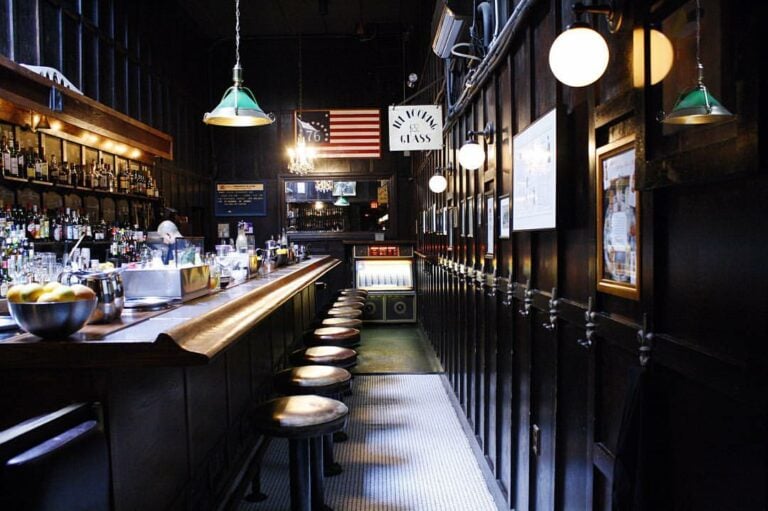

Dutch Kills
Upholding cocktail culture in Queens
"Dutch Kills" in New York isn't hiding it's one of the best bars in the city, but it isn't publicizing the fact, either. No password to enter, however!
by
Nick
Papa


Bund on Broadway
Soup dumplings
"Bund on Broadway" is one of the most popular restaurants on Astoria's restaurant row in New York. I always go straight fo the famous pork soup dumplings.
by
Paula
Ryszkiewicz


Conference House
Pre-Revolutionary history
The "Conference House" in New York is a perfect place to escape modern life if you're interested in what life was like in the 1600s...
by
Paula
Ryszkiewicz


Vite Vinosteria
My special occasion spot
"Vite Vinosteria" in New York is the Italian restaurant where, ever since I moved to Astoria, I've celebreated nearly every birthday & anniversary...
by
Paula
Ryszkiewicz
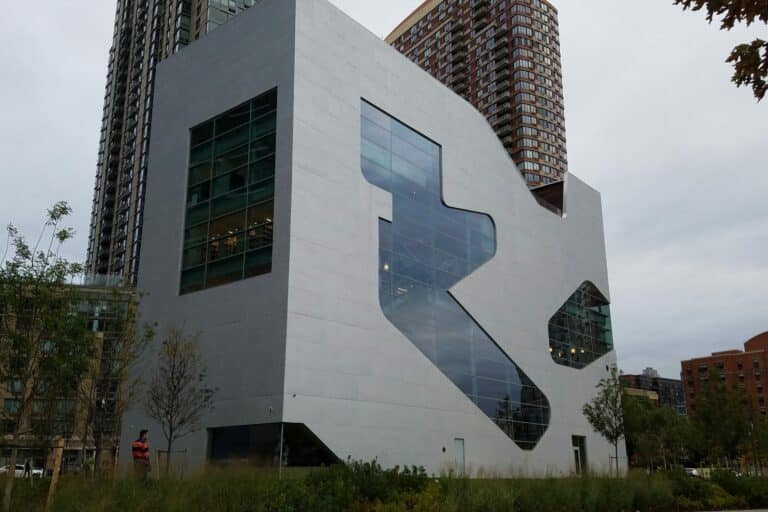

Hunter's Point Library
Waterfront reading room
"Hunter's Point Library" in New York, on Long Island City's waterfront, is definitely for you if you're a fan of books, architecture and skyline views!
by
Paula
Ryszkiewicz
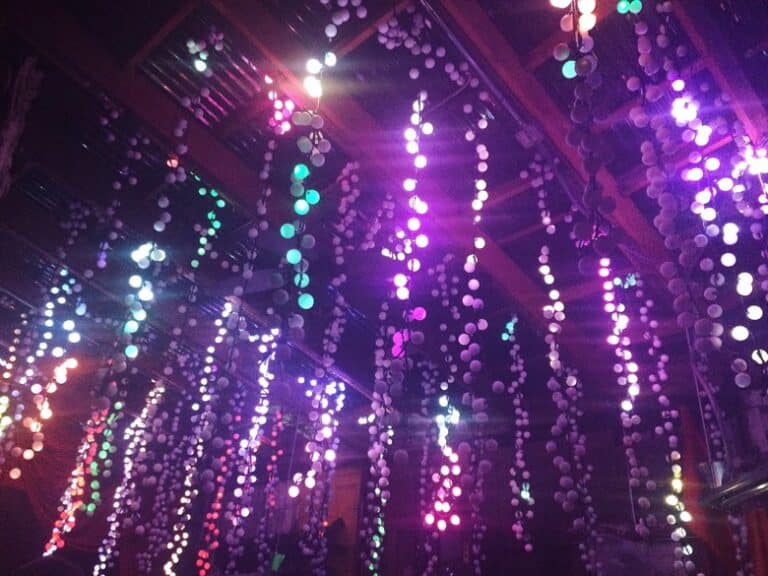

House of Yes
Uninhibited fun
"House of Yes" is a colorful, eclectic space in New York that houses everything from roller skating to trapeze artists. Free entry on Fridays before 11pm!
by
Victoria
Yang
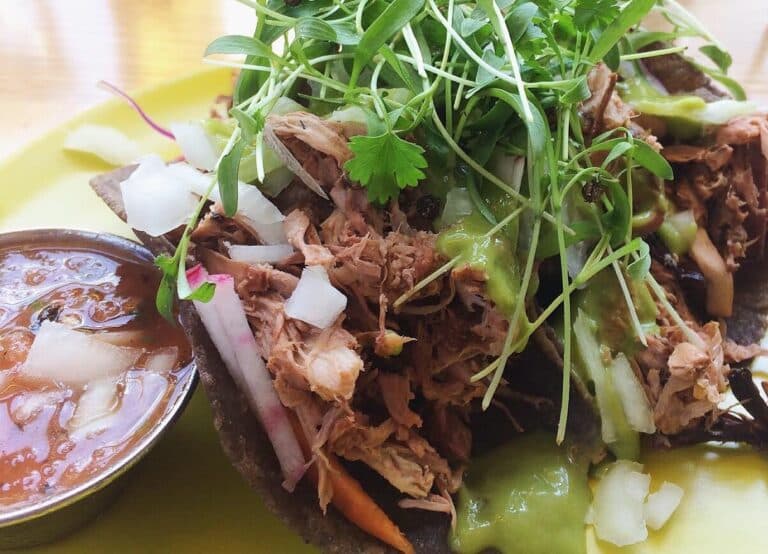

Jajaja Plantas Mexicana
Vegan Mexican food
"Jajaja Plantas Mexicana" in New York is a creative joint that has vegan versions of traditional Mexican food. It's delicious, affordable & healthy!
by
Victoria
Yang


Star Polish Bakery
Best mak
"Star Polish Bakery" in New York makes the best Polish desserts and cakes, especially the makowiec. Here they make it exactly the way I like it...
by
Paula
Ryszkiewicz


Art Gallery Hopping
A cultural way to explore NYC
New York City is ideal for Art Gallery Hopping, and opening & closing receptions occur frequently. Here are my go-to spots when I'm thirsty for some art...
by
Victoria
Yang
Heading to New York?
308 Insider Tips from our local Spotters
Authentic Stories by Real People
Escape the Crowd & Travel Slow 🐌
... for just €9.99






✓ 0 Insider Tips from our local Spotters
✓ 308 Insider Tips
✓ Escape the Crowds
✓ Find Spots nearby
✓ Authentic Stories
... for just €9.99
City guides by those who know the city in and out!
Our Locals' Favorite Art & culture
Our team loves New York
Get to know our other Spotters from New York
As featured on:




